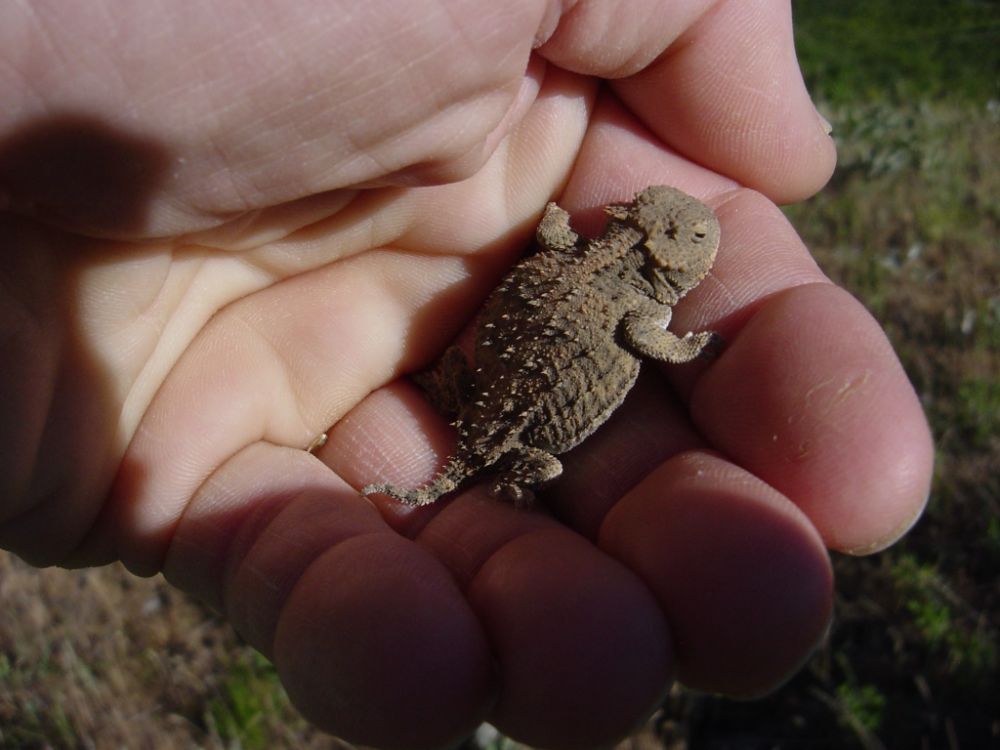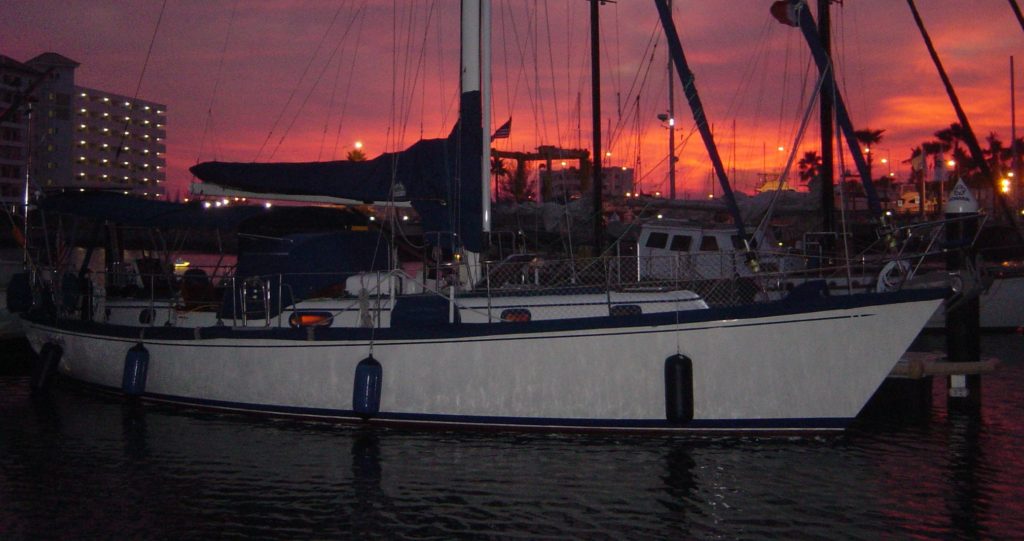Making open water passages with the genoa out on the whisker pole often unattended in variable conditions, particularly at night can put huge loads on the pole and its rigging. I have had the pole break several times. Over the 10 years using the pole Forespar has eliminated several of the weak points in its pole. They replaced the composite end pole fittings with aluminum fittings. And they developed a circular plastic ring to hold the extension pully on the inside of the pole stable so the stringer is not pulled out of alignment under the compression load. Now it seems the most vulnerable part of the pole is the telescoping mechanism, specifically the attachment of the telescoping line inside the pole. Perhaps this is a good thing, as it provides an “escape valve” so to speak for too much tension developing on the telescoping mechanism. I ran into a German cruising in the Pacific and noticed that he had a 8 in. diameter spinnaker pole on his 40 ft cutter. The next time I saw him was in Danao, Philippines repairing his mast which had broken at the point where it was supporting the pole.

The telescoping mechanism has broken 3 or 4 times on the Wasatch. In Mauritius, I needed the pole for more downwind sailing but I didn’t have the time to get the parts necessary to fix the broken telescoping mechanism. The solution was to drill a couple of holes in the pole and bolt it in its extended working position. This worked extremely well and even after having fixed the telescoping mechanism I routinely bolted the pole out when using it as it carried the compression load on the pole far better than the telescoping mechanism. However, I became more aware of trying avoid too much load on the pole and attempted to use it more conservatively. The modification involved pulling the pole out to its extended working position, drilling a hole midline clear through the inner pole just as it emerged from the outer pole and putting a 5/16 in. x 5 in. bolt in it. I then made a mark on the edge of the outer pole in line with the bolt. Then I drilled two more holes clear through both tubes about 2 ft back from the edge of the outside pole and about 1 ¼ in apart. These two bolt holes needed to clear the aluminum shaft running inside the pole which support the internal pulley. I then use bolts through these two holes to support the pole in its extended position and remove the forward positioning bold. What follows are the changes in step 9 used to implement the pole extension retaining bolts.
